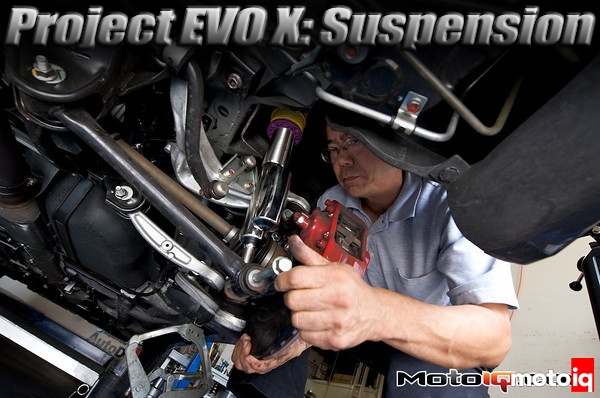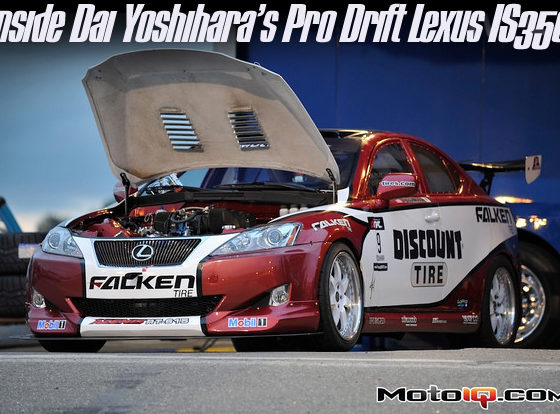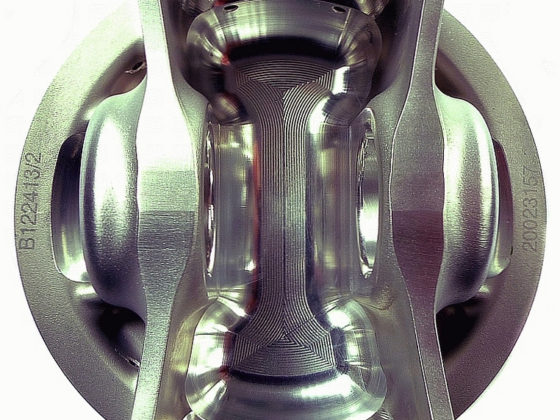,
The V3’s damping curve can be tailored from mildly digressive to heavily digressive. A digressive damping curve means that there is more damping at low piston speeds. At higher piston velocities, the valving blows open bypassing fluid to where there is less overall damping. Digressive curves give good body platform control while still allowing a decent ride and minimizing traction reducing tire shock and hop.
A really cool feature that the V3’s have is the remote accumulator. The accumulator is like a remote reservoir found in some super high end race shocks. On the V3 this accumulator is a canister with a rubber bladder that is pressurized with nitrogen gas. Oil from the outer tube can flow back and forth from the outer tube to the accumulator. The bladder inside the accumulator gives the fluid displaced by the volume of the shock shaft as it goes in and out of the shock body a place to go. The rubber flexes and the gas compresses giving the incompressible fluid room, preventing the shock from getting hydraulic lock.
 |
| Another very cool feature that the VIII’s have is this eccentric and camber bolt built into the upper strut to spindle bolt. This allows camber adjustment without having to resort to a camber plate, allowing the stock rubber insulated upper mount. Just the thing for daily driving! |
Typically, a twin tube shock simply has a volume of air or gas in the outer tube at the top of the fluid to allow for shaft displacement. This works ok, but under hard use the air can get mixed with the fluid and the frothy mix has less damping than non-emulsified fluid. This mixing of air and oil is the primary cause of shock fade in hard use. Another disadvantage of a standard twin tube is that usually only a low gas pressure can be used if the shock is indeed gas pressurized. Pressurization is good because it reduces fluid cavitation through the valves at high piston speeds. Cavitation is localized boiling in low pressure zones like the backside of shock valves. Cavitation also causes the fluid to foam and loose damping ability. The V3’s accumulator and rubber bladder prevent the gas and fluid from mixing. The bladder is pressurized to about 60 psi with nitrogen gas to reduce cavitation of the fluid.
KW addresses some of the issues that coilovers usually have on street cars. Many times the threaded body of the shock corrodes as it’s hard to keep cut threads from rusting, especially where the spring collars are turned on the threads even with rust resisting platings and coatings. Typically the spring seat is made of a different metal than the shock body. This causes galvanic corrosion. The shocks on a street car are exposed to the elements and receive very little maintenance. These issues cause the threaded body to corrode to the spring seat making a frozen mess. KW addresses this issue by using stainless steel for the shock body coated with their proprietary Inox coating. The spring seat is made of a corrosion proof engineering super plastic. This makes for a coilover body that that is always silky smooth in adjustment and will never corrode, even in salty east coast winters!



